Intermediates
Gallantry and accessories
Blog Piekiełka
Tuareg symbols, or a visit to Morocco
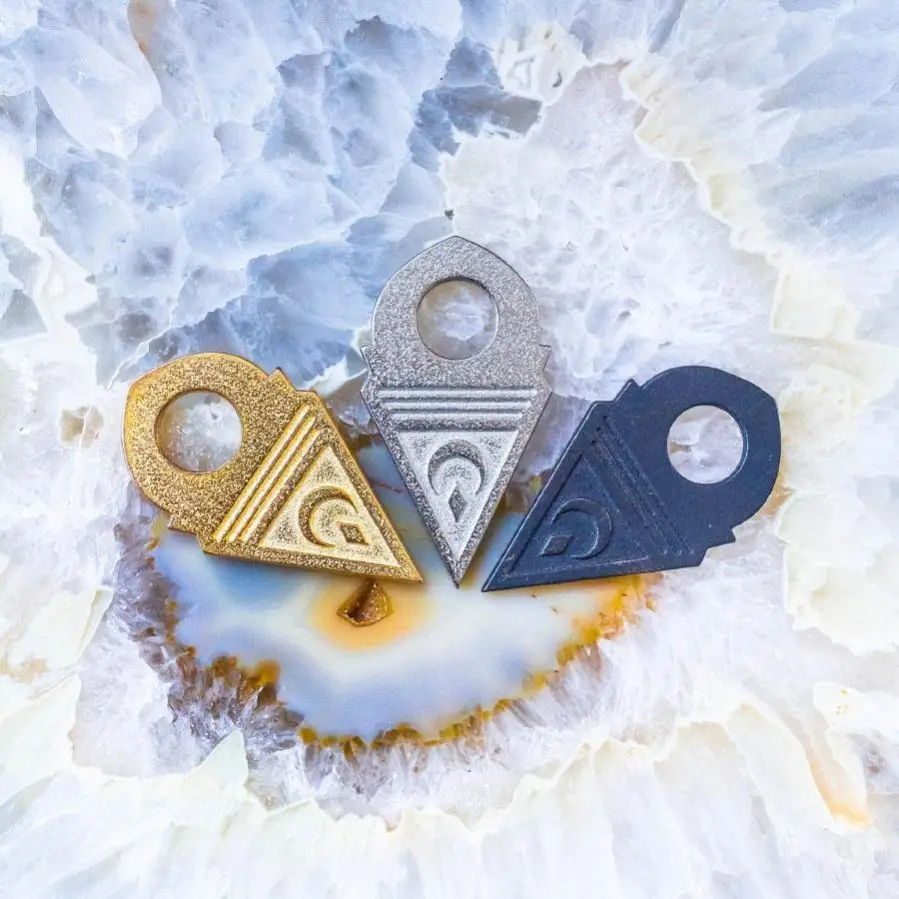
Tuareg jewelry is often a huge object of desire for many women. It has been created for hundreds of years, and the intricately crafted pieces are always elegant, simple and shrouded in... mystery.
Tuareg jewelry is usually a mixture of silver, agate and ebony. Sometimes it is also formed by an alloy of silver called Tuareg silver. Well, silver has always been a prized raw material in Morocco. It was praised to the skies often looking down on gold, which was said to bring the natives sheer misfortune. For this reason, the population often hung talismans made of silver to protect themselves from evil.
Talismans are still made by hermits or marabouts, who often write orders on plain paper or leather, adding Arabic protection spells. The finished amulets are most often found on the walls of the natives' tents or around their necks. Interestingly, the most expensive of them go to... camels! Why to them? Well, these animals are the most valuable to the Tuaregs and testify to their wealth - so the jewelry made for the camels must be as valuable as the animals themselves.
The most common piece of Tuareg jewelry is a triangle that reverses the power of evil spirits and provides women with long... fertility. However, there are several other very distinctive amulets that still harbor magical power and mystery.
Tanfouk - it is made from carnelian, or yarrow. It is a talisman that brings good luck and provides protection from evil. Tuaregs also often wore it for its healing properties - like other carnelian beads, the ornament is said to be able to heal wounds.
Khomissar - a typically feminine ornament, which was given to daughters by their mothers when they crossed the magic age - 17. The talisman was supposed to protect girls from evil spells and demons and promote their fertility. Reportedly the most coveted by most women is the Khomissar amulet made from the shells of... clams.
Tuareg crosses - unlike the Khomissar, the cross was given to adolescent boys by their fathers at the time they entered puberty. The young men heard these words: "I give you these 4 corners of the world because we don't know where we will come from it." Because of this, the number 4 became the most important digit for Tuareg crosses. Talisman names, on the other hand, mainly refer to the names of desert oases.
In-Waggeur - one of the most popular Tuareg crosses, which symbolizes fertility. It was worn by women, but also by men. Interestingly, it is a combination of two signs - a circle and... a male member. The circle signifies femininity, while the second symbol signifies male fertility.
Tcherot - an amazing talisman in the shape of a box, which was carried by all Tuareg tribes. Hidden in it are a verse of the Quran and an incantation of the holy Marabou.
Tira - an amulet that helps to instantly gain the favor of the opposite sex. If, for example, a woman is in love, she tosses this talisman to her chosen one - once in her tent, once in her clothes, and once stuffed in her saddle. With its help, the man is supposed to constantly think of the woman, and an unbreakable bond and... love is supposed to form between them.
Thus, Tuareg jewelry had both an artistic and religious function. Silver talismans not only adorned the neck, but also ensured prosperity, salvation, happiness and protection from spells or evil demons. It is common to see men draped with bracelets of black marble - a symbol of fidelity to his chosen one.
However, lest it be said that only women strive for future husbands! Men also use talismans to win the favor of their chosen one - yes, Tuaregs are monogamous! They use amulets with Tuareg symbols when there are many candidates vying for a woman - and she still can't decide with whom to make a permanent commitment. Supposedly, the stronger the hidden magic in the jewelry, the greater the chance that the woman will choose the holder of this amulet. How much truth in this? Maybe it's worth fishing to buy a talisman and try its power on the woman of your dreams?
Ethnic Jewelry
-

Turquoise Prickly Oyster Ring
345,00311,36 -
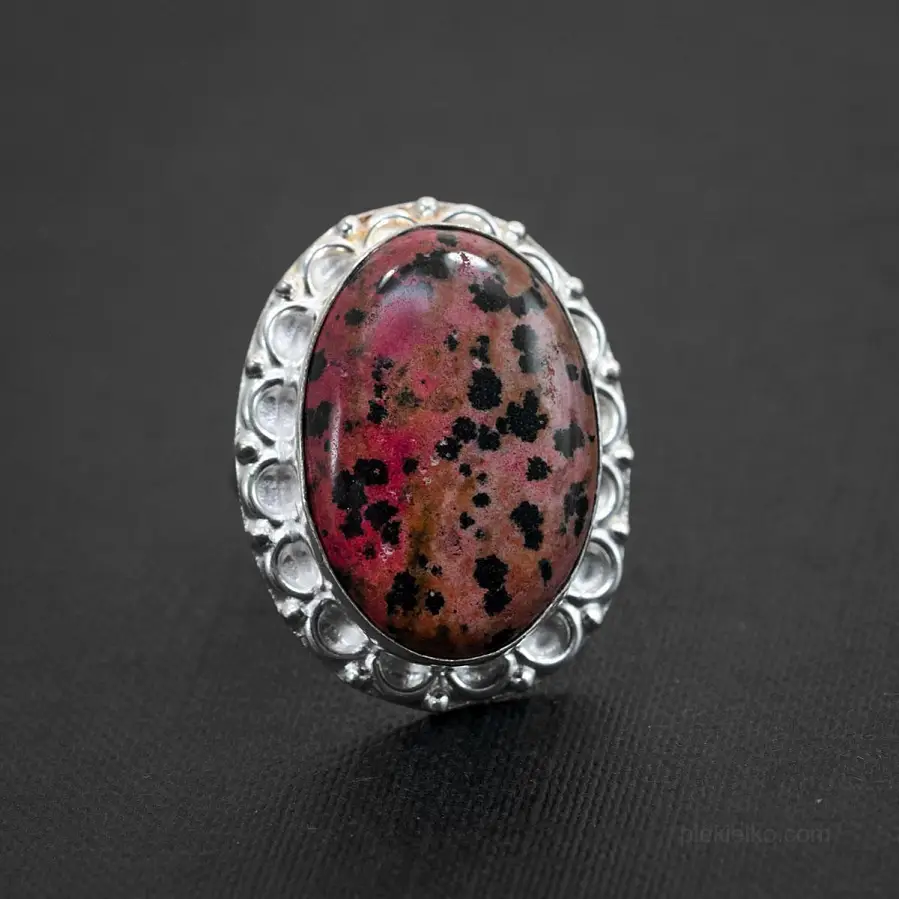
Mahogany obsidian ring
97,0055,29 -
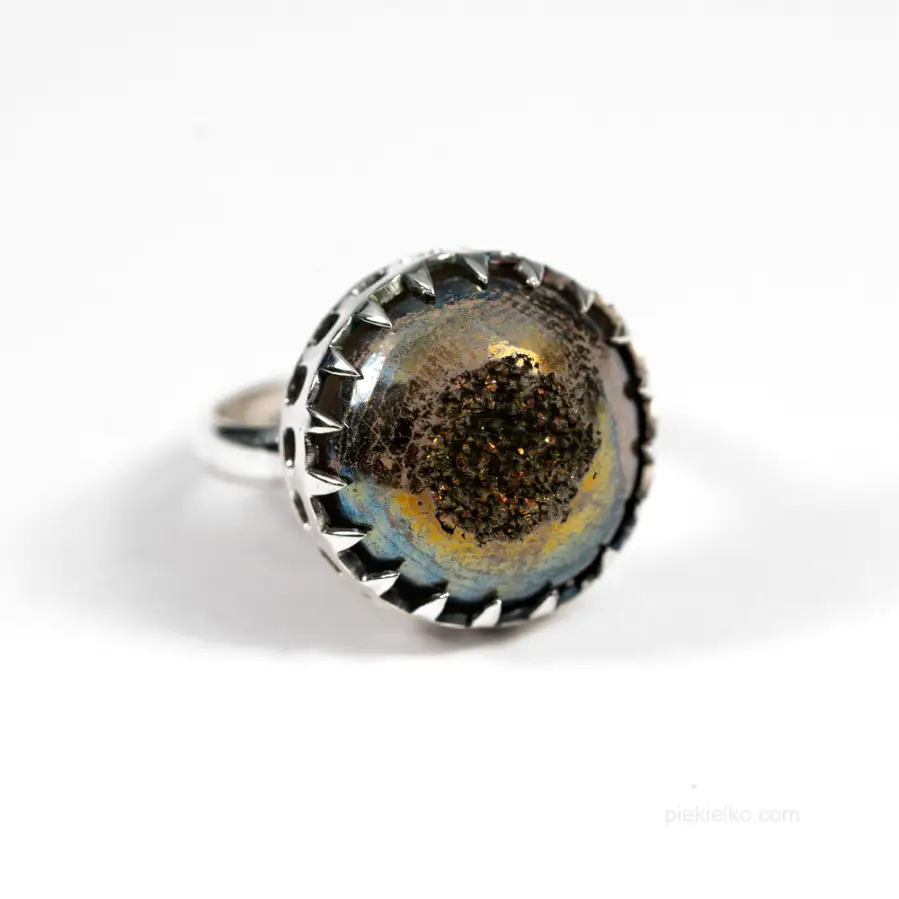
Ring with titanium drusen
290,00261,73 -
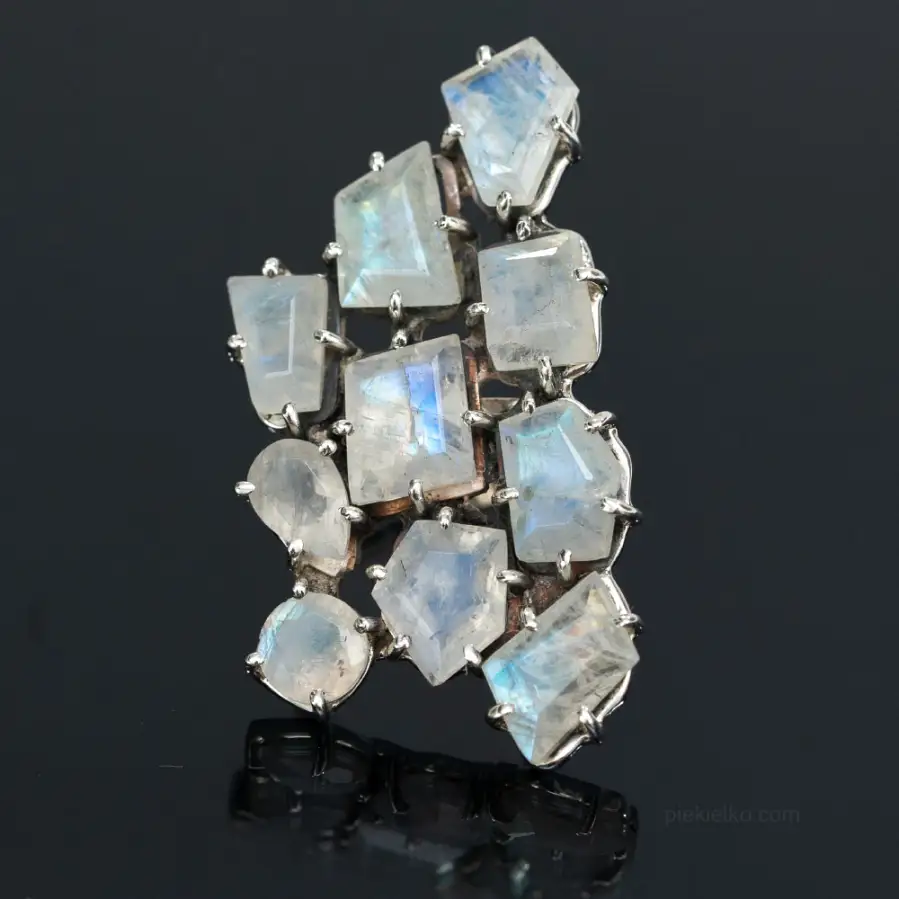
Big ring with moonstones
560,00505,40 -
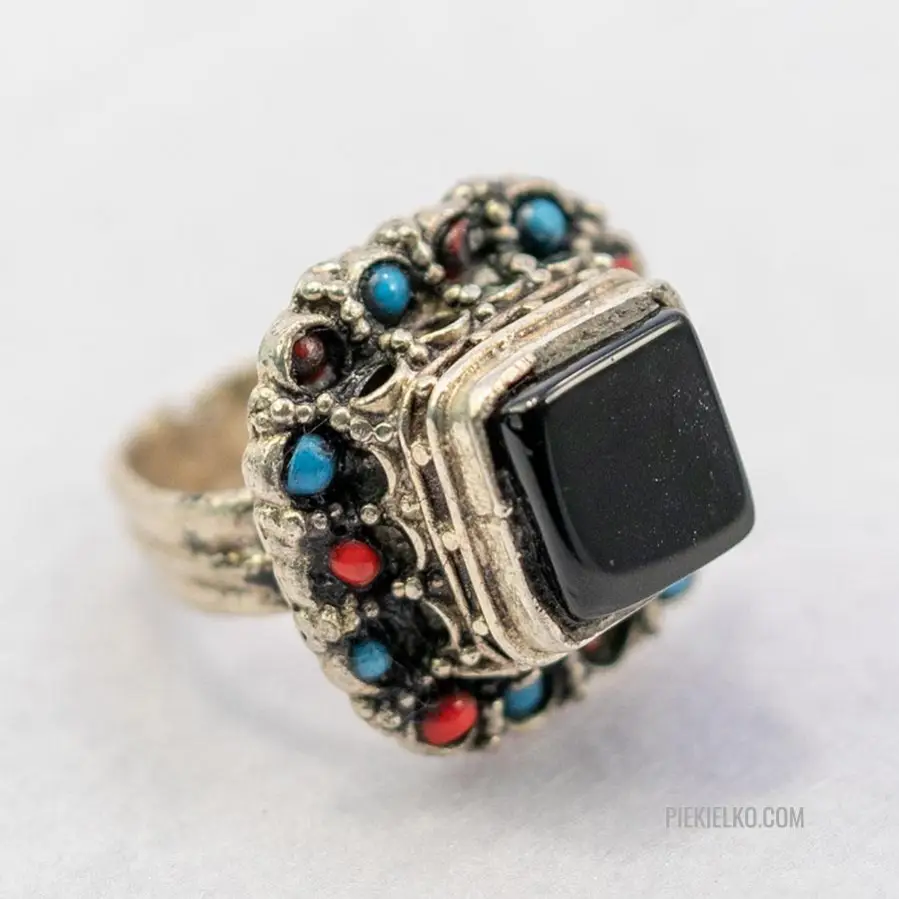
Afghan ring with onyx
54,0030,78 -
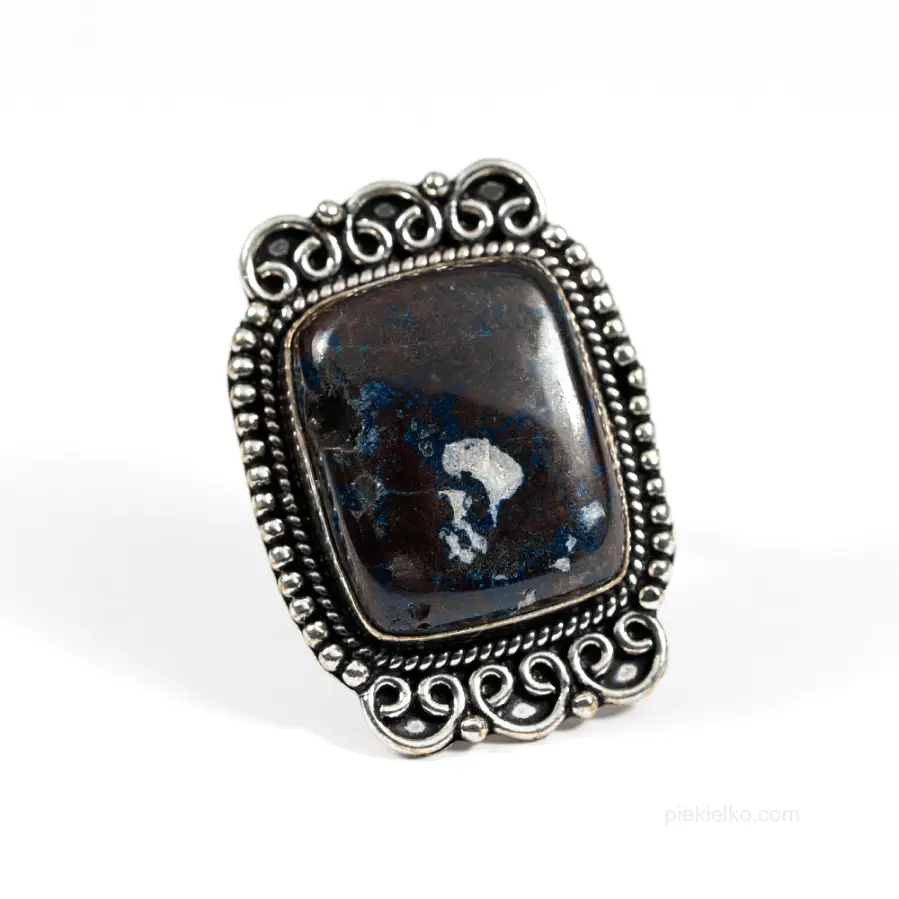
Large ring with pietersite
200,00114,00 -
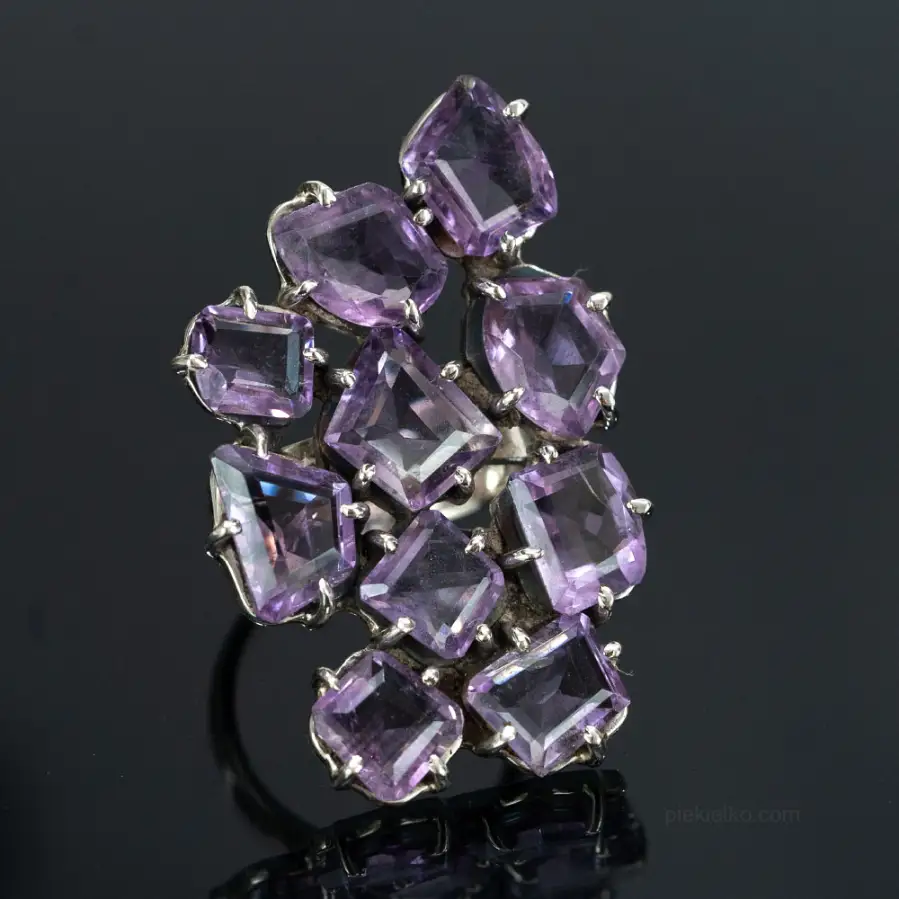
Magic of Violet – Large Ring with Amethysts
560,00505,40 -
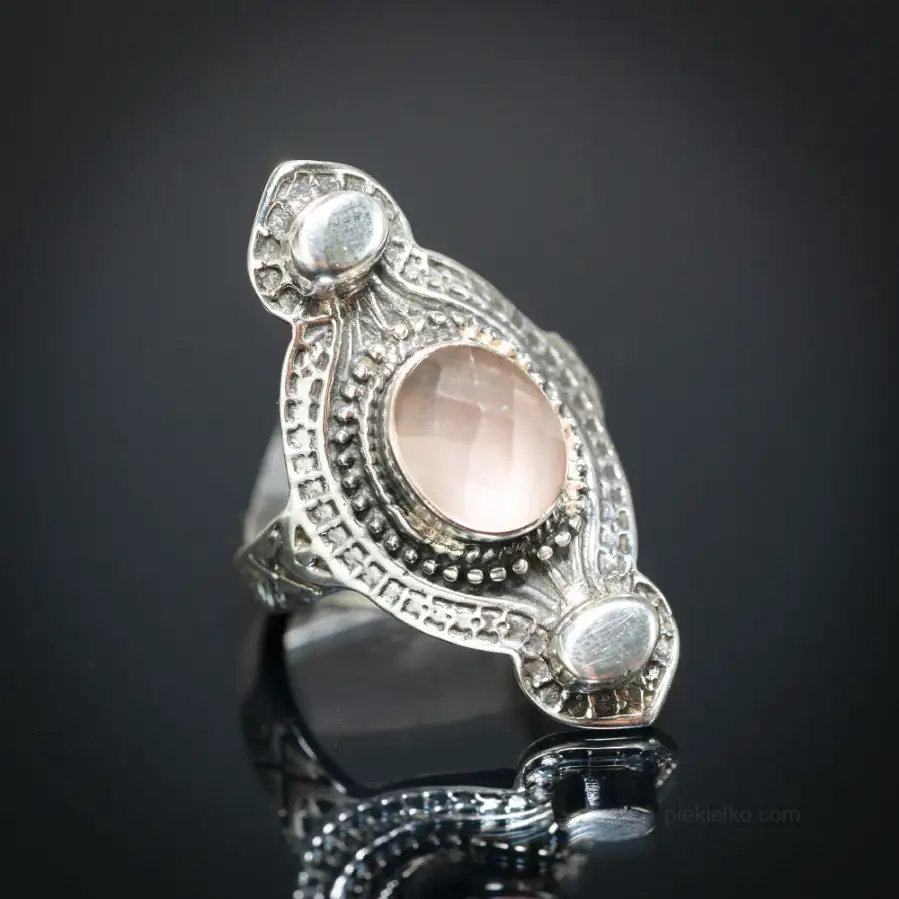
Pink Magnification – Rose Quartz Ring
380,00342,95 -
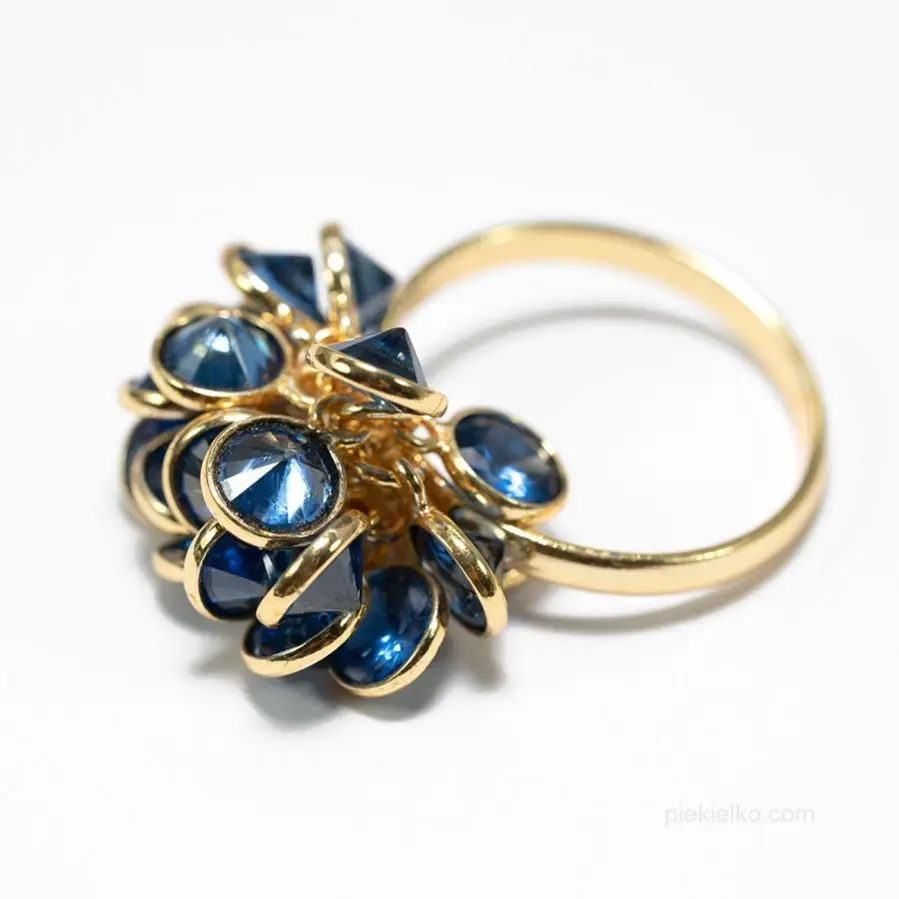
Gold-plated ring with tanzanite crystals
190,00180,50 -

Blue Elegance - Natural Tanzanite
425,00383,56 -

Ring with black opal
570,00514,43 -
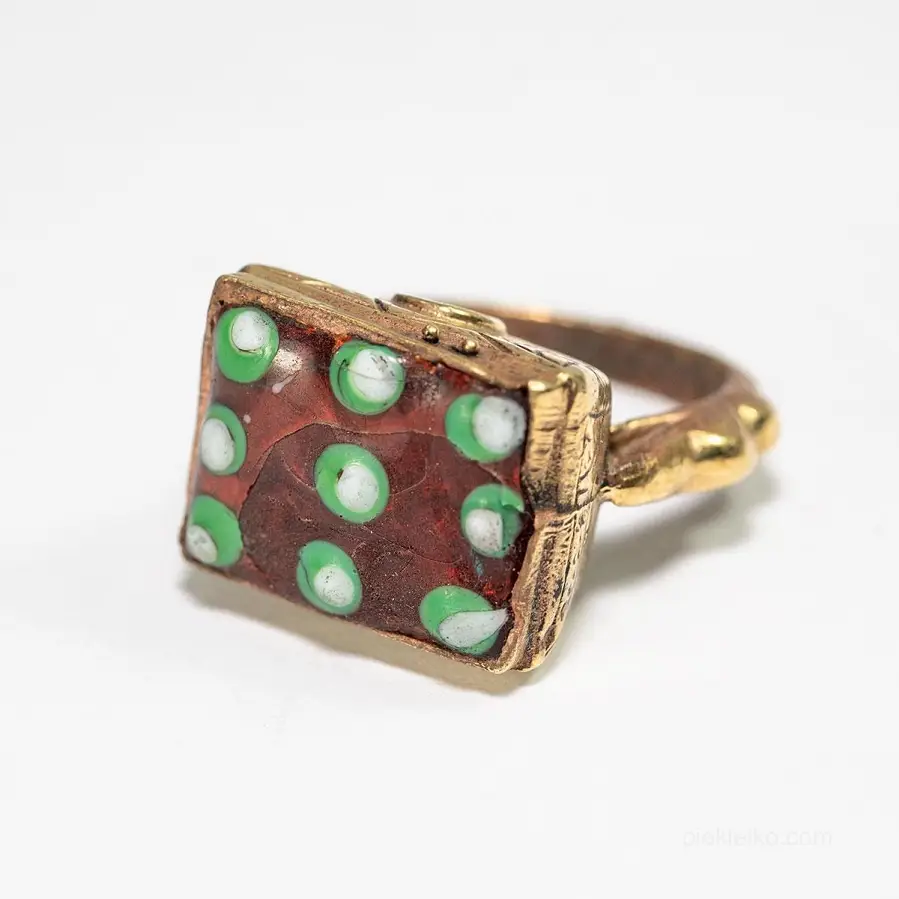
Brass Gabri Glass signet ring
98,0093,10 -
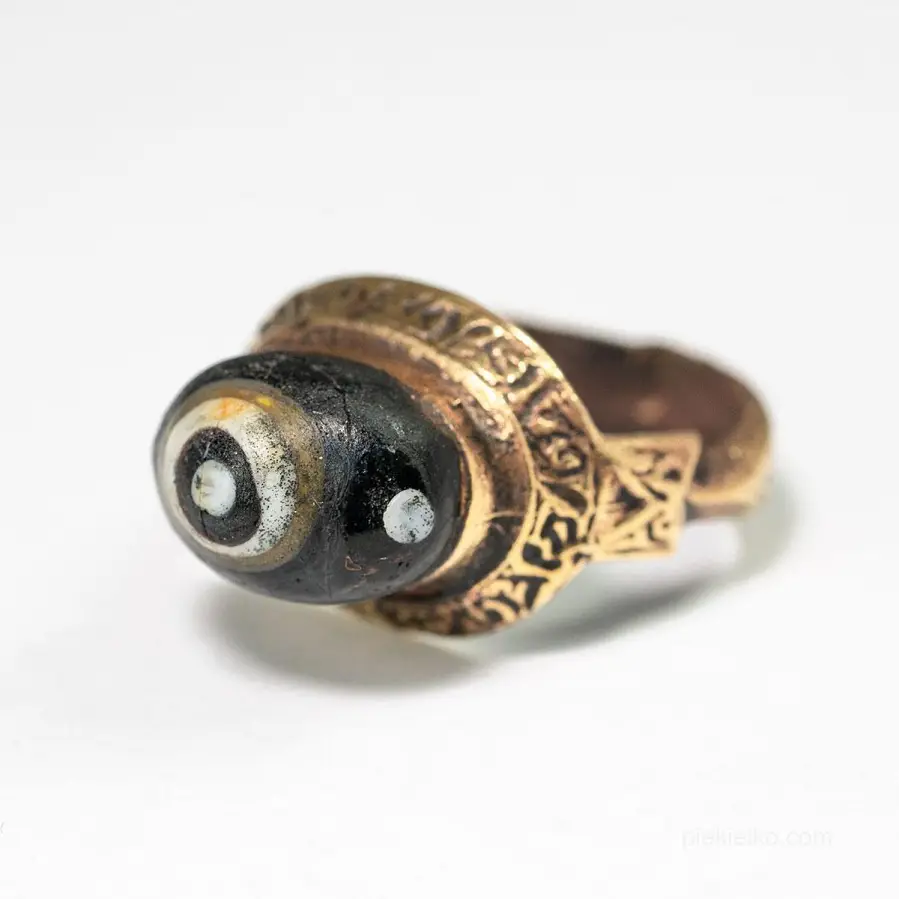
Brass Gabri Glass signet ring
98,0093,10 -
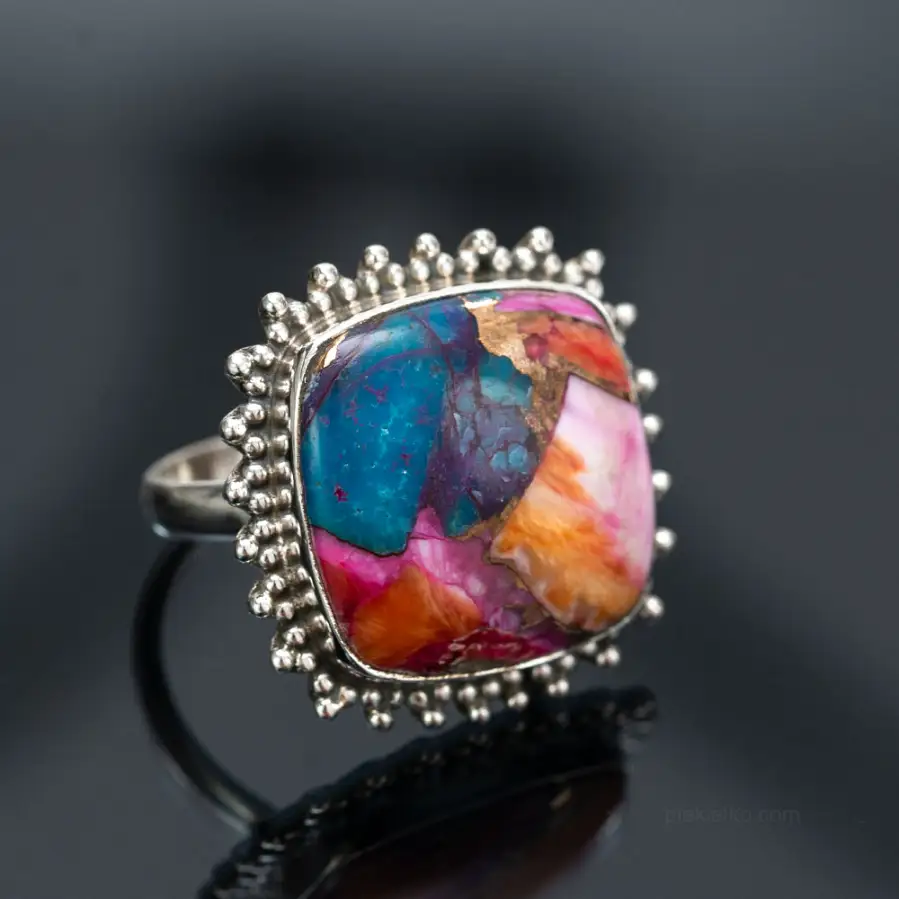
Silver ring - turquoise with copper vein
360,00324,90 -
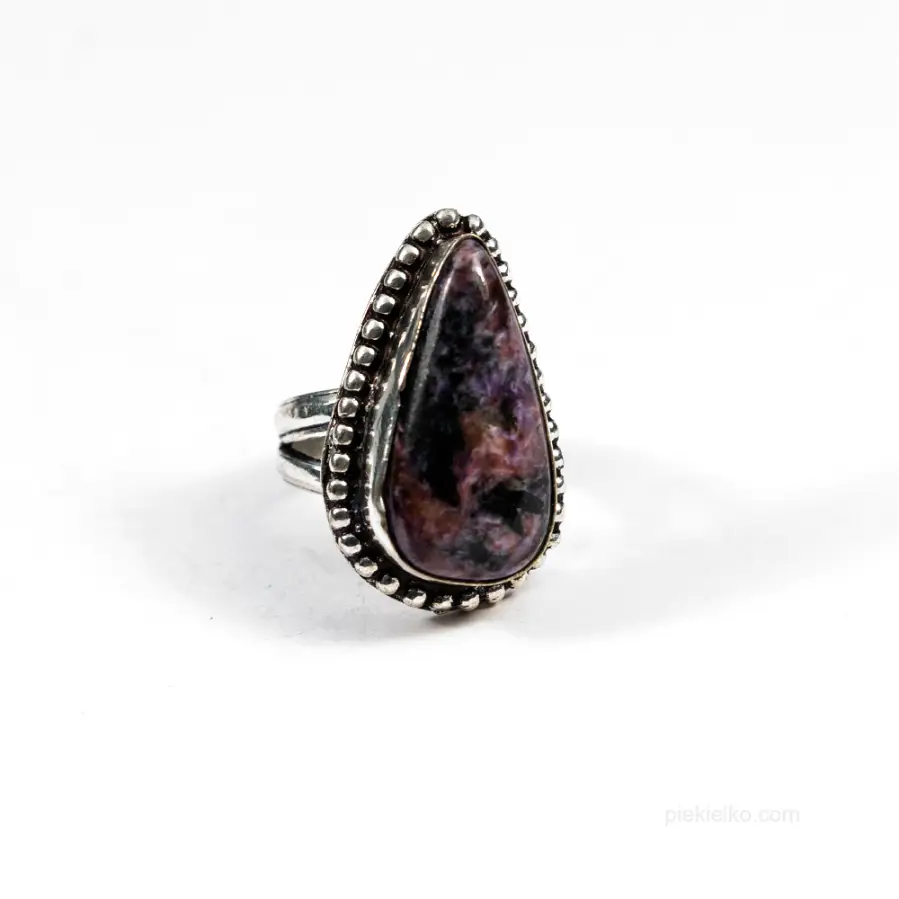
Charoite ring
195,00185,25 -

Large adjustable silver ring with pietersite
370,00333,93 -
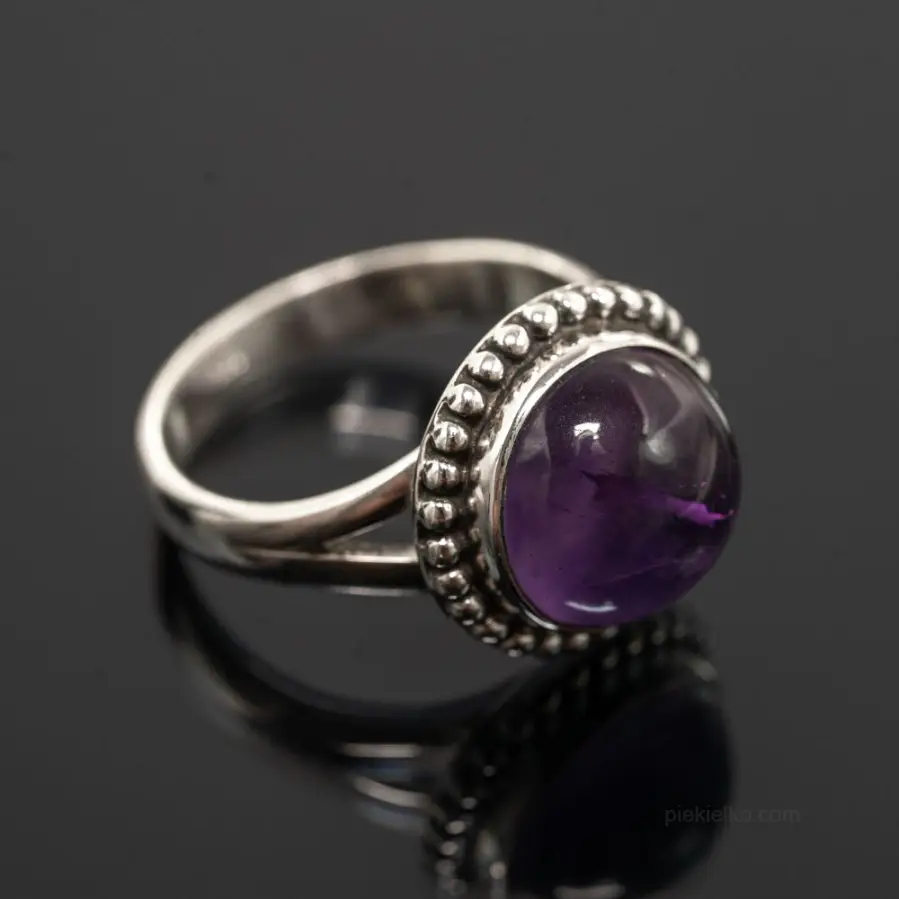
Silver ring with amethyst
290,00261,73 -
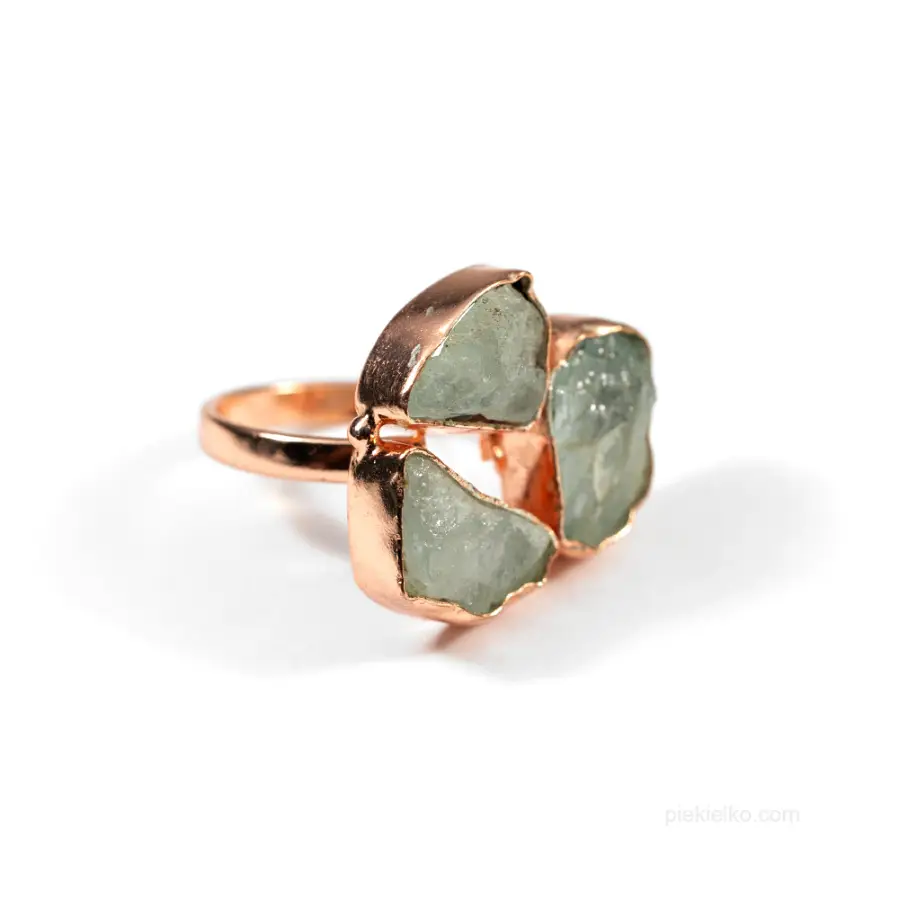
Gold-plated ring with aquamarine
220,00125,40 -

Brown natural turquoise ring
155,0088,35 -

Ring with black opal
500,00451,25



© Piekielko.com

